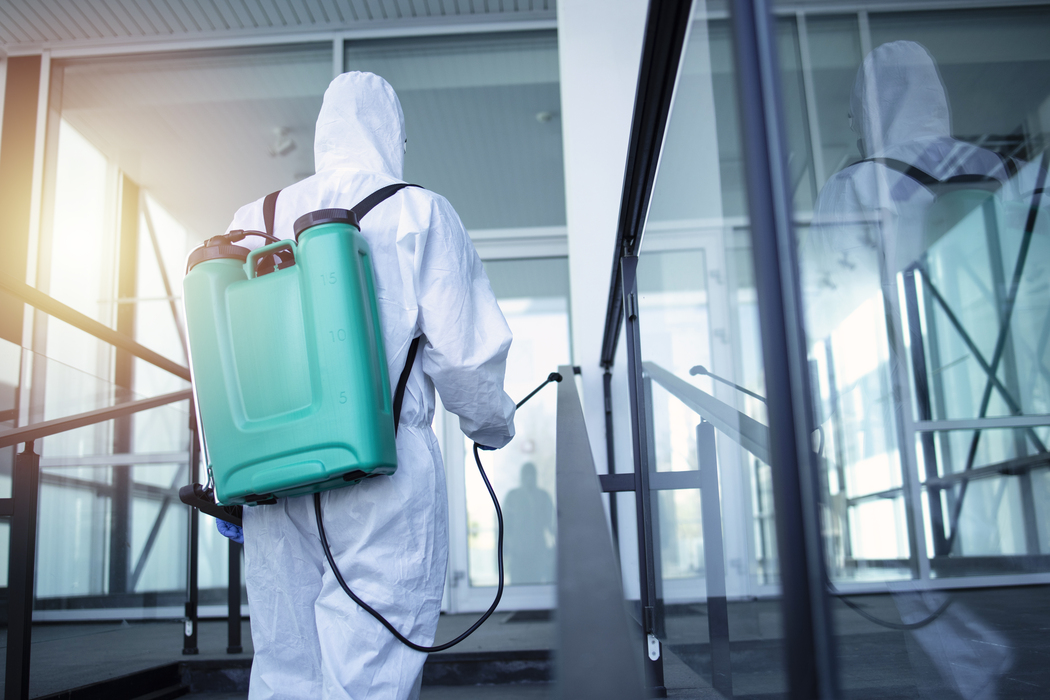The choice of an effective pest control strategy must be made after considering the benefits and risks of various tactics. The right pest control tactic must be chosen to prevent the most damage to property and people while causing the least harm to the pest. Each tactic must be used safely and in accordance with applicable regulations. The type and extent of control required will determine the best pest control tactic. This article explores some of the most popular strategies for controlling pests.
Natural pest control
Biological control of insect pests has a huge economic value. Biological control programs have proven to be effective even when they consist of a small population of predators. Increasing diversity in natural enemies is the key to controlling insect populations. Pest control is not limited to chemical sprays; it can also include physical factors, such as mulching, to reduce insect populations. Pesticide-free organic gardens are alive with the activity of predators and beneficial insects. For example, assassin bugs stab caterpillars and leafhoppers, and soldier beetles eat Colorado potato beetles and other soft-bodied insects.
The use of natural pest control techniques is a safer option for both humans and the environment. These methods involve the use of essential oils, fly traps, and food-grade Diatomaceous Earth. Because they are natural, they are generally safe for pets and other household members. Before you start using these pest control methods, make sure to classify the type of pest you are dealing with. For example, repellants designed for mosquitoes may not work on fruit flies. Another thing to keep in mind is that pesticides may not be effective for some pests.
Integrated pest management
Integrated pest management is a comprehensive approach to managing pests, focusing on minimizing the risks to people and the environment. Its benefits include a more natural environment, reduced use of pesticides, and fewer impacts on non-target species. Learn more about this method of pest control by reading on. Here are some ways to implement it in your own home. To start, use mulch around plants to block out weed seeds. This will encourage plant leaves to dry quickly, preventing fungal organisms from damaging leaves.
One of the most important principles of Integrated Pest Management is observation. It is essential to understand the behaviour and biology of pests, as well as their life cycles and seasonal patterns. Understanding the lifecycle of pests helps farmers determine the most effective control methods. Using a variety of natural predators, parasitoids, and disease organisms is a crucial step toward successful pest management. Pests that feed on plants can be controlled by predators and parasitoids, which disperse to seek out more food.
Insect predators
Insect predators are useful for controlling many different types of pests. They can be both generalists and specialists, attacking various stages of life and different species. Because predators are naturally occurring organisms, they do not require any human interference to maintain their population. They are more robust than parasites and require higher prey populations to function effectively. While insect predators do not pose any danger to humans, you should be aware of regulations and permits. Contact cockroach pest control for cockroach free environment.
Biotechnological control systems use natural enemies, such as parasites, to suppress pests. These agents can either be introduced or conserved in an area. Then, they can be released periodically on a seasonal basis. The use of natural enemies is not a permanent solution, but it does provide a sustainable method of controlling pests. It is an alternative to using chemical or biological pesticides. It is important to remember that the cost of natural enemies is often higher than the cost of chemical control.
Mechanical controls
Among the many methods of pest management, mechanical controls for agricultural crops use physical means to remove unwanted insects from the environment. These methods can include physical weeding, insecticides, changing temperatures, and more. Farmers are trying to find more sustainable methods to eliminate pests, such as using mechanical pest control. Mechanical controls for pest control can also be a great way to protect crops from a variety of pests while still minimizing the risk of harmful side effects.
Mechanical controls for pest control combine both physical and chemical methods, often using automated pest removal and tillage techniques. These methods disrupt the life cycle of pests by limiting their habitats and resources. Some mechanical methods of pest control may involve flaming, mowing, and cutting. Some mechanical pest control methods are not as effective as others and can even damage beneficial natural enemies. Mechanical control methods are also best paired with biological control for the best results.








